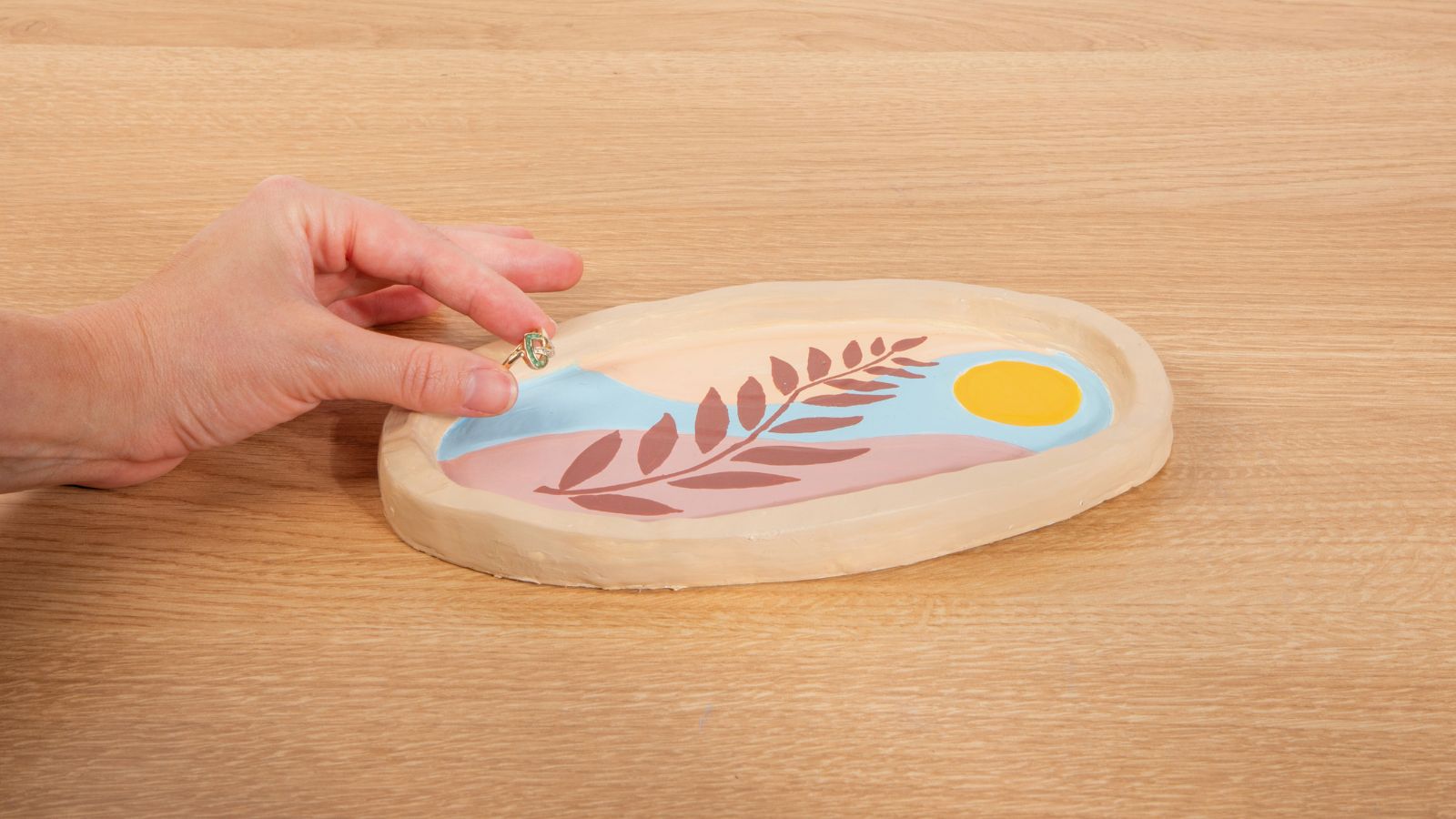Create 3 simple watercolour fruit paintings
Even if you’ve never used watercolour before, these three simple fruit paintings are a great place to start. This project is really fun and you can create a juicy slice of watermelon, a pear and a banana that look awesome. If you want to give it a go, follow along with our video and guide below!
Creating the outline
To start out, click on “Resources” on our tutorial web page to download the fruit reference. Place a sheet of your watercolour paper on your workspace and flip over your reference image to shade the backside with an 8B pencil. Then, lay the shaded side down onto your watercolour sheet and retrace the linework.

Painting the shadow
Firstly, dampen the shadow area with clean water. Create a colour mix in the palette from black and dark blue and paint it into the shadow. Allow this to dry.

Painting the watermelon
Apply clean water into the front triangle of the watermelon, pulling the water almost to the bottom. Create a colour mix from mid-red and dark red and lay it into the wet triangle, starting from the top and bringing the colour down the shape. Because of the water, the colour should lighten as you get closer to the bottom. Allow to dry slightly.

Add water to the base area now, and then paint dark green across the bottom. This will suggest the lighter areas of the watermelon skin. Allow the green to blend into the white area between the red and the base of the melon.

For the side of the watermelon in shadow, add some clean water into the area. Create a mix from dark red, mid-red and a touch of dark blue and paint this into the side of the watermelon. Just be careful to not take the colour right down to the bottom. Create a mix from dark green and black and lay this into the base of the melon, this will be the outer part of the skin.

Final Details
It’s best to allow the painting to completely dry before adding the seeds. Seeds can be laid in with pure black wherever you desire. Your watermelon is done!

Creating the outline
You can follow the same process as the watermelon slice by using the outline as a reference to transfer the image to your second sheet of watercolour paper. Shade the backside of the outline with the 8B pencil, lay the sheet shaded side down onto the watercolour paper and re-trace the linework.
Painting the shadow
Dampen the shadow area with clean water just as you did with the watermelon. Create a colour mix in the palette from black and dark blue and paint this into the shadow. Allow to dry once you’re done.

Painting the pear
Create a light green mix from yellow, orange and green and paint this wash over the entire pear. While this is still wet use a clean tissue to blot out the colour to create highlights, then let this coat dry.

You can then darken the mix with dark blue and lay this over the pear. Blot out the highlight areas again with the tissue and allow this to dry.
Darken the mix with a touch more dark blue and some orange and paint this over the pear. Blot out the highlight areas and let the coat dry. While this is drying the stalk can be painted in.


Final details
Once dry, create a wash by mixing black and brown into the previous green mix and then painting the side in shadow. To darken the stalk, give it another layer of brown.

Finally, add some dots over the skin and apply the wash again to suggest shadows on the side of the pear. Now you’d got a pear!


Creating the outline
Again, use the outline as a reference to transfer the image to your third watercolour sheet and shade the backside of the outline with the 8B pencil, lay the sheet shaded side down onto the watercolour paper and re-trace the linework.
Painting the shadow
Dampen the shadow area with clean water. Create a colour mix in the palette from black and dark blue and paint this into the shadow. Allow this to dry when you’re done.

Painting the banana
Create a mix from yellow and a touch of orange and paint this into the banana, leaving the stalk and the tip free of colour.
Drop some green into the yellow at the point where the stalk meets the banana and blend it into the yellow so it transitions smoothly. You can then add light yellow to the tip of the stalk.

Create a dark blue mix from blue and black and paint it into the side of the banana in shadow. As the blue is painted in, add more water so it lightens as it reaches the stalk.

Make a mix from black and brown and paint in the tip and the end of the stalk. Then, blot this with a tissue to create dimension.

Final details
Use the same brown/black mix to create detail on the banana by lightly dragging it over the surface. This will suggest scratches on the skin. You’re all done!

If you try this project, we'd love to see it! Snap a photo and Hashtag montmarteart or tag us on Instagram or Facebook @montmarteart.
Material List
- Cotton Watercolour Paper Premium 300gsm A4 (11.7 x 8.3in) 5 Sheets
- Watercolour Half Pan Set Premium 22pc
- Artist Watercolour Traditional Premium Mop 2
- Drawing Set Signature 8pc



































